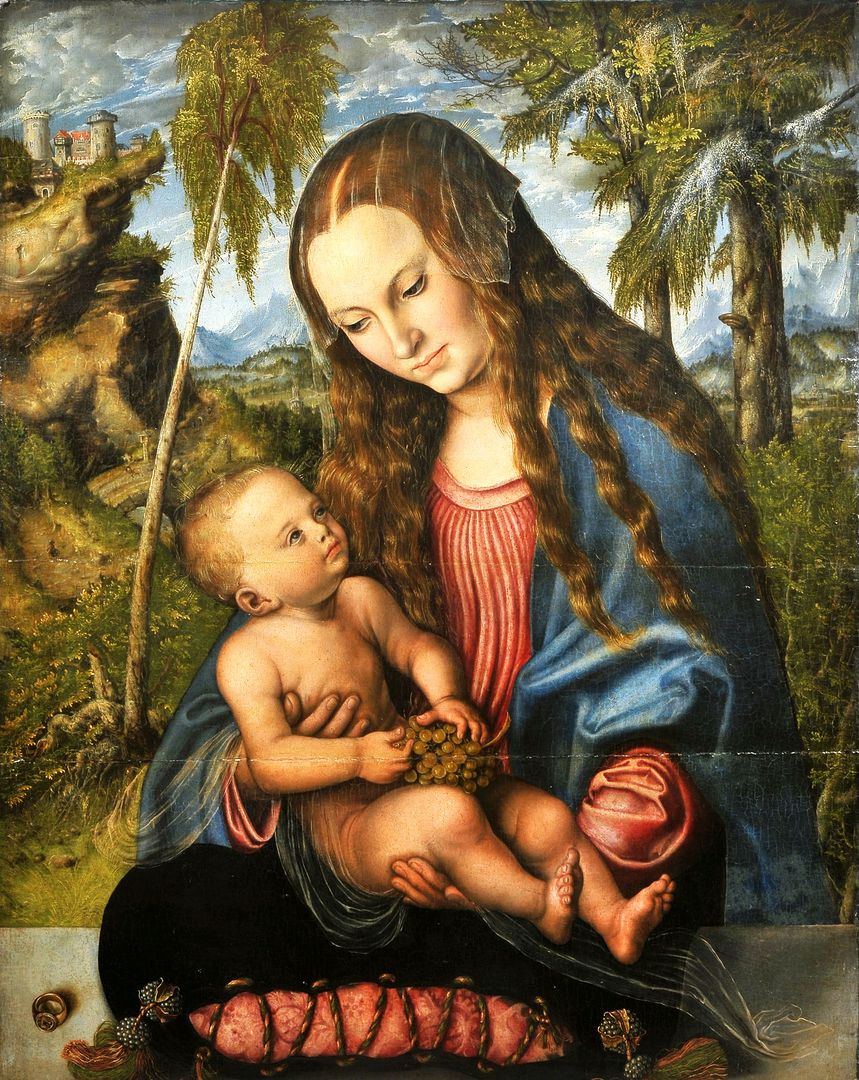Archdiocesan Museum in Wrocław
7.64

Overview
The Archdiocesan Museum in Wrocław, established in 1898, is one of the oldest archdiocesan museums in Poland. Its establishment was a response to the destruction of sacred art, which intensified after the secularization of monasteries in the 19th century. The museum houses a rich collection of artifacts, including stone and wood sculptures, paintings, goldsmithing, and textiles, representing both medieval art and later periods. Among its most valuable exhibits are "Christ in the Wine Press" from 1486, Lucas Cranach the Elder's "Madonna Under the Fir Trees," and the oldest bell in Poland, "Świętosław," dating back to 1300.
The museum is located in a Gothic hall and a neo-Gothic archival-library building, where original cross-ribbed vaults have been preserved. After World War I, the museum focused on organizing its collections, while World War II brought significant damage and the loss of valuable exhibits. After the war, the museum reopened in 1947, and its activities expanded with additional collections. In 1989, the museum gained new premises, enabling further development and the organization of exhibitions. In addition to permanent exhibitions, the museum hosts various cultural events, such as concerts, lectures, and guided tours. Thanks to its rich history and unique collections, the Archdiocesan Museum in Wrocław is an important landmark on Poland's cultural map, and its activities contribute to the protection and promotion of the region's cultural heritage.
Location
Tickets
Powered by GetYourGuide
2025 Wizytor | All Rights Reserved